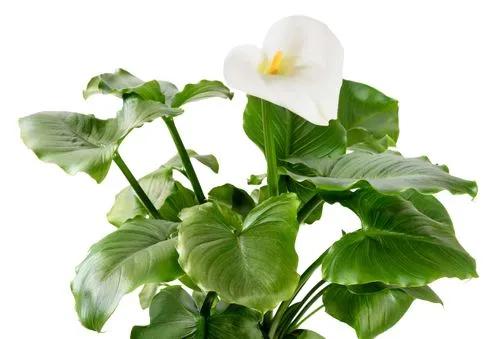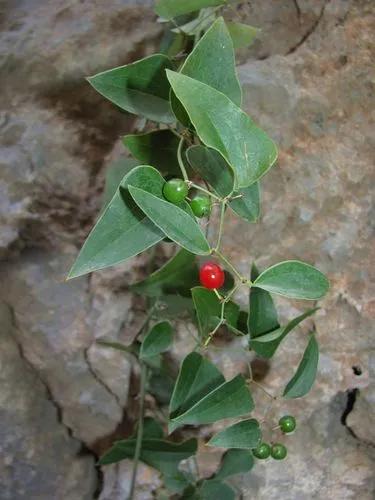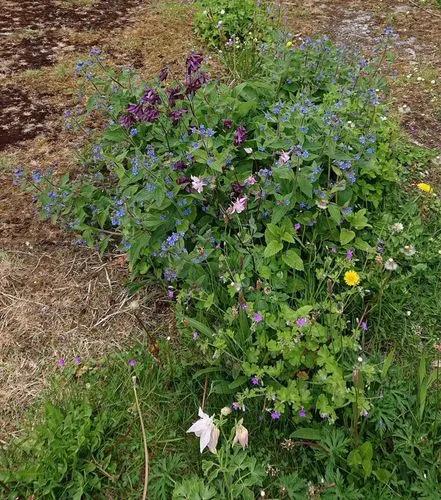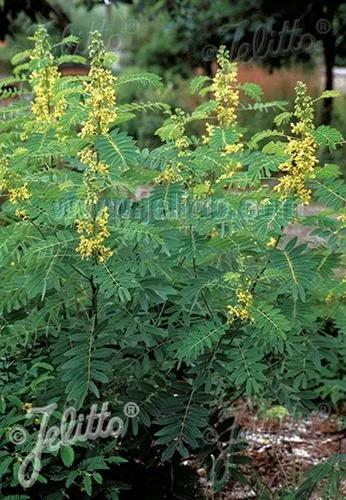Agapanthus praecox is a variable species with open-faced flowers. It is a perennial plant that can survive up to 75 years. Its evergreen leaves are 2 cm wide and 50 cm long. Its inflorescence is in umbel. The flowers of the agapanthus are blue, purple or white and bloom in the summer. They give capsules filled with fine black seeds (to be kept cool in sand until sowing). Its stem reaches one meter high. Its roots are very powerful and can break concrete.
African-lily Care
Agapanthus Praecox
Other names: Blue Lily, Common Agapanthus, Lily Of The Nile



Invasive in Argentina, Australia, and New Zealand.
How to Care for the Plant

Water

Watering: During the growing season, African lilies are heavy drinkers and benefit from regular watering. During the winter months, it is best to keep them on the dry side if possible. If kept inside (zones colder than 7), water just to prevent desiccation.

Pruning

Cut brown or yellowing leaves and stalks back to the base of the plant with pruning shears.

Fertilizer

Fertilizing: African lilies benefit from an early spring top dressing of well -rotted manure which naturally contains a high level of nitrogen for strong foliage during the growing season. Mid-season, a fertilizer with a higher potassium level (such as those used for tomatoes) can benefit flowering.

Sunlight

African lily benefits strongly from a full-sun position. It can tolerate part shade positions, but blooming is lessened and flowers may reach toward available light.

Soil

African lily does fine in average soil as long as it is well-draining, but amending your average soil is a better idea.

Temperature

Temperature: 20 to 70 degrees Fahrenheit. Temperatures above 70 degrees result in slow growth. Pests and Diseases: No serious insect pests or diseases affect the African lily flower.

Container

The African lily is a great container plant because they seem to prefer being pot-bound, and containers make bringing this plant inside for the colder winter months easy. The African lily blooms in mid to late summer, and the flowers last for weeks, giving your balcony garden a nice splash of color.

Additional

Always handle your African lily plant with care, as the sap in the leaves of the plant is poisonous. Do not break open the plant's leaves, and thoroughly wash your hands after touching it. Some people may experience skin irritation or sensitivity following handling.
African lilies produce rounded clusters of flowers. Each flower grouping has as many as 40 to 100 individual, tubular shaped blossoms. The leaves of the plant are deep green, with blossoms that come in a variety of hues, including pink, violet or white. The traditional color is deep violet blue.
Popularity

8,229 people already have this plant 1,215 people have added this plant to their wishlists
Discover more plants with the list below
Popular articles






